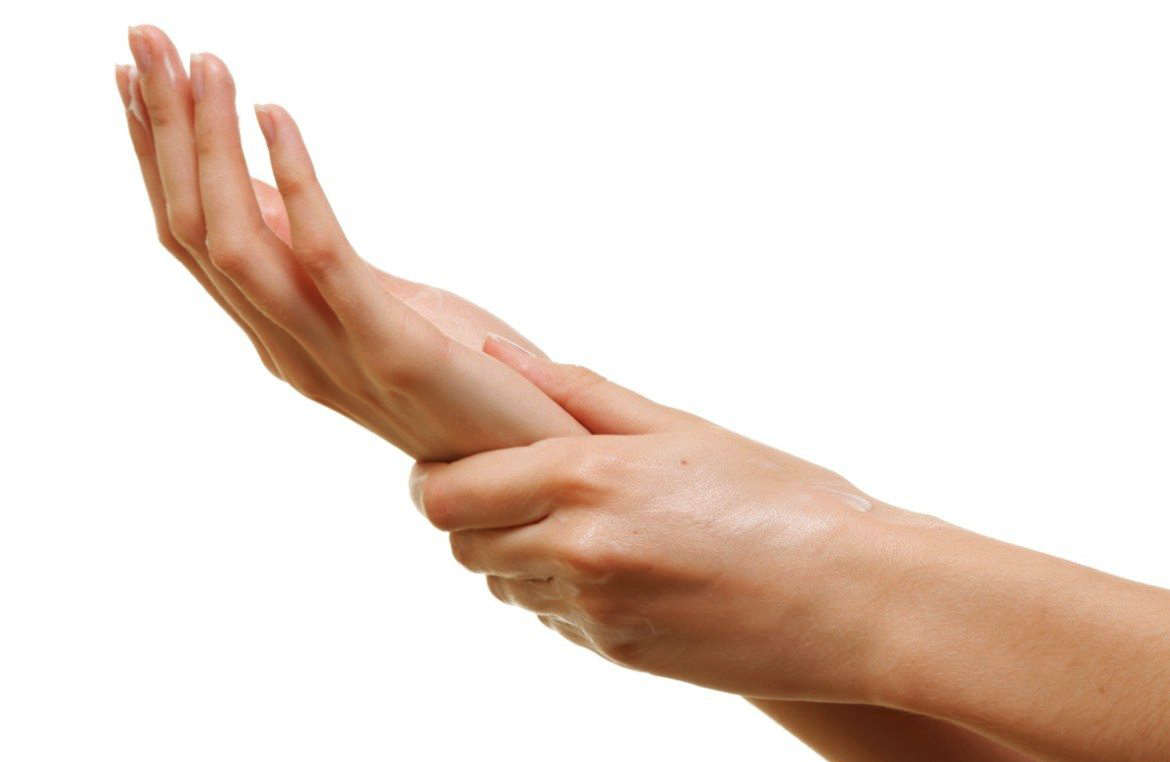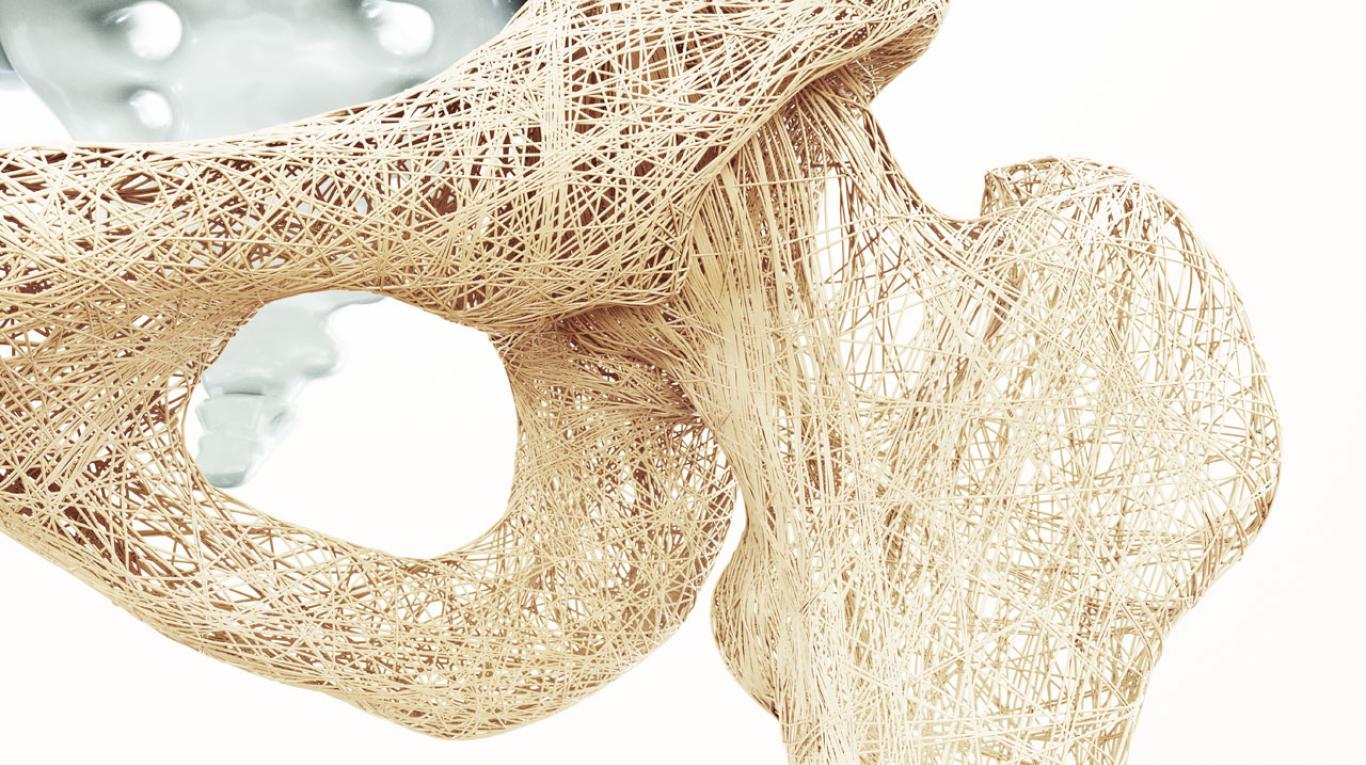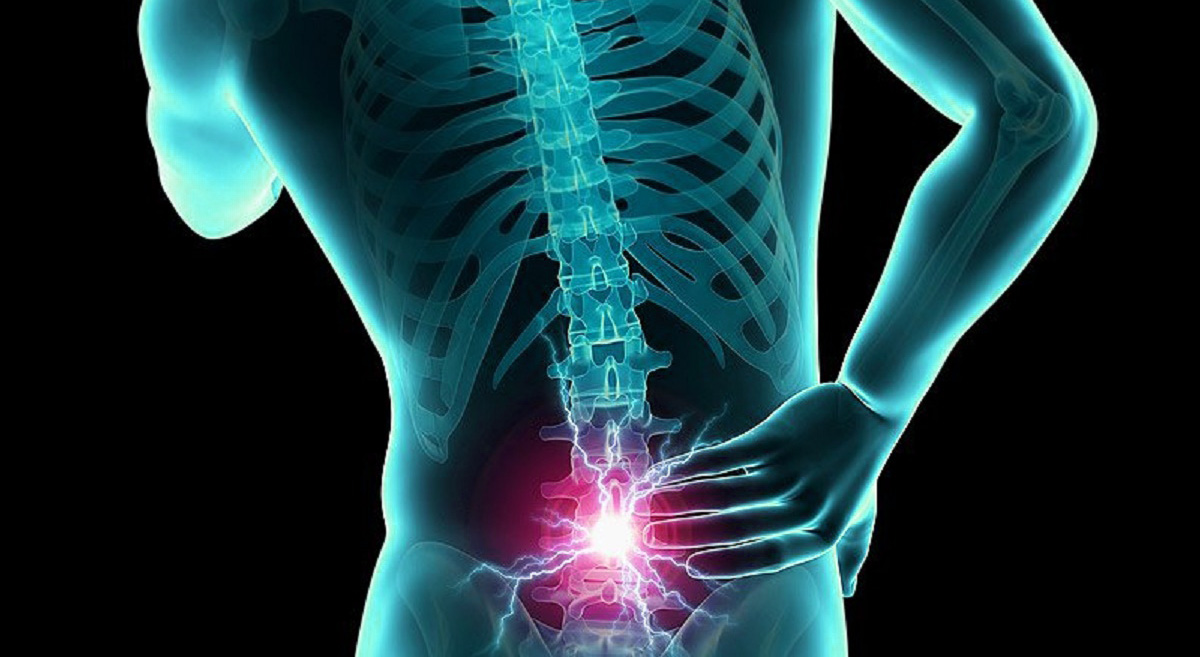[et_pb_section bb_built=”1″][et_pb_row][et_pb_column type=”1_2″][et_pb_text _builder_version=”3.13.1″]
The wear of the joint that joins the thumb of the hand with the wrist gives rise to the rizartrosis or osteoarthritis of the thumb, frequent in those over 65 years.
The trapeziometacarpal joint, which is located on the thumb and joins it with the wrist, joint degeneration in this area arises between the base of the first metacarpal and the trapezius bone of the wrist, and is what is known as rizarthrosis. The fact that rizarthrosis arises in the hands leads to a negative impact on many of our daily tasks. This rheumatic disease reduces the quality of life of the person who suffers it. In order to prevent further degeneration, it is important to see the doctor in the presence of these warning signs of osteoarthritis of the thumb: Pain at the base of the thumb (this is the first and most significant symptom that may appear. hand, or both, and is accentuated the more the joint is used, while it is reduced when it is kept at rest).
Osteoarthritis and rhizarthrosis may arise due to genetic reasons. There are other more common causes that can cause the wear of the thumb joint:
- Aging: arthrosis is a disease that occurs in most cases in people over 65 years, as the passage of years accentuates the wear and tear of the joints.
- Being a woman: as with a high number of rheumatic diseases, rhizarthrosis is more common among women. This may be because hormonal imbalances and menopause can accelerate joint wear and tear.
- Bad habits of life: leading a sedentary lifestyle, being overweight, smoking, and not following a balanced diet rich in vitamins and minerals, favor the appearance of osteoarthritis.
- Repetition of movement: especially people who perform or have performed work in which they continuously performed the pincer movement, or manual works in which strength is needed with the hands, tend to present this degeneration.
- Having other diseases: people who have rheumatoid arthritis or carpal tunnel syndrome are more prone to rhizarthrosis.
[/et_pb_text][/et_pb_column][et_pb_column type=”1_2″][et_pb_text _builder_version=”3.13.1″]
Although it is not a malignant disease, it can affect the quality of life of the patient by preventing him from performing certain daily actions such as:
- Take a glass, a bottle, a jar, or another type of large or heavy object.
- Open a boat, a can, the milk brick stopper, and so on.
- Grab an iron or a broom, or wring out the mop or cloth.
- Cut with scissors, and hang clothes with tweezers.
- Open a door with knob, grip very hard, or with a lock, when you cannot turn the key.
No type of osteoarthritis can be cured, since it is a degenerative process and there are no solutions to recover articular cartilage that has already been lost. For this reason, the treatment of rhizarthrosis focuses on reducing pain and preventing degeneration from progressing. And for this you can resort to: Pharmacological treatment: with the use of analgesics, anti-inflammatories or corticosteroids. Non-pharmacological treatment: the use of orthoses and splints helps the joint to be at rest, which reduces pain.
On the other hand, thanks to physiotherapy you can recover mobility and strength, and reduce the rigidity of the area; while with occupational therapy, degeneration can be stopped, teaching the affected person to perform the movements in a way that does not load the joints, and using support tools to execute the mechanical actions that most compromise the joint.
Always take care of your health with a unique and efficient service. Visit Pharmamedic.

[/et_pb_text][/et_pb_column][/et_pb_row][/et_pb_section]






